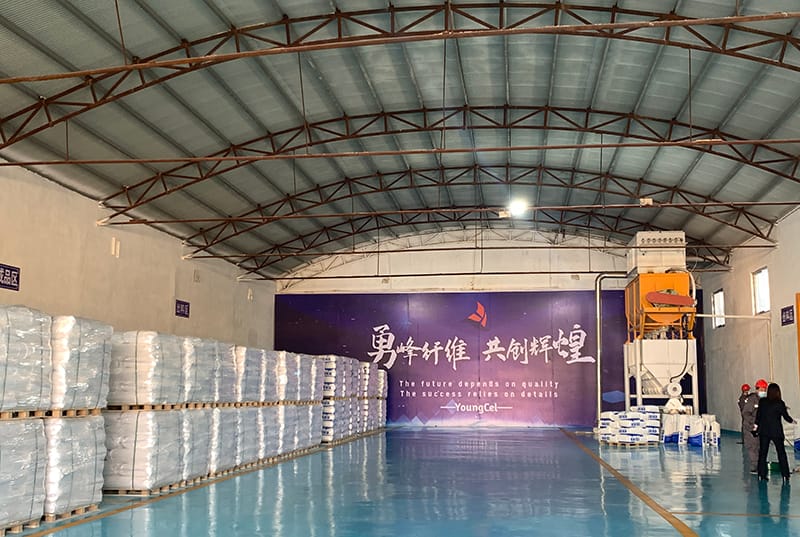The Role of Cellulose Ether Chemical Adhesives in Modern Applications
Cellulose ether chemical adhesives are emerging as essential materials in various industries due to their versatile properties and eco-friendly profiles. Derived from natural cellulose, these adhesives offer a remarkable combination of performance and sustainability, making them a preferred choice for many manufacturers and end-users alike.
What is Cellulose Ether?
Cellulose ethers consist of cellulose molecules that have been chemically modified through etherification. This modification results in a range of products, including hydroxypropyl methylcellulose (HPMC), carboxymethyl cellulose (CMC), and methylcellulose (MC). Each type of cellulose ether has unique characteristics, such as solubility in cold water, viscosity, and gel formation, which cater to different application needs.
Applications in the Construction Industry
In the construction sector, cellulose ether chemical adhesives are widely used in tile adhesives, joint compounds, and dry transfer mortars. Their ability to enhance workability and extend open time makes them particularly valuable for complex projects where precision is key. Additionally, these adhesives improve the adhesion strength between substrates, ensuring a durable bond even under varying environmental conditions.
For example, HPMC is commonly utilized in tile adhesives because of its high viscosity and ability to retain water, which helps prevent the adhesive from drying out too quickly. This feature is vital when laying tiles, as it allows for adjustments during installation, leading to better alignment and aesthetic appearance.
Promoting Sustainability
One of the most significant advantages of cellulose ether adhesive technology is its sustainability. As they are derived from renewable resources—namely cellulose obtained from wood or cotton—these adhesives are more environmentally friendly compared to synthetic alternatives. With increasing regulations and consumer preferences shifting toward sustainable products, industries are now prioritizing adhesives that minimize environmental impact while delivering high performance.
cellulose ether chemical adhesive

Moreover, cellulose ether adhesives are biodegradable, meaning they contribute less to landfill waste when disposed of
. This attribute aligns with the global push for circular economy practices, reducing the reliance on fossil fuels and promoting a greener future.Benefits in the Food Industry
In the food industry, cellulose ethers play an integral role as food additives and stabilizers. They are used to enhance texture, improve mouthfeel, and act as emulsifiers in various products. The safety profile of cellulose ethers is well-established, with approvals from regulatory bodies around the world, making them suitable for food applications.
Additionally, these adhesives are utilized in packaging, providing moisture resistance and preventing spoilage. As consumer awareness of food safety increases, cellulose ether adhesives provide manufacturers with reliable solutions to extend shelf life while maintaining product integrity.
Challenges and Future Outlook
While the benefits of cellulose ether chemical adhesives are evident, there are challenges that manufacturers face. Consistency in production, sourcing quality raw materials, and understanding the nuances of various types can pose difficulties. Nevertheless, ongoing research and advancements in technology are addressing these challenges, leading to improved formulations and more efficient manufacturing processes.
The future of cellulose ether chemical adhesives looks promising, with an increasing demand across various sectors. As industries continue to seek sustainable and high-performance solutions, cellulose ether adhesives will likely play an even more significant role in shaping the adhesive landscape.
In conclusion, cellulose ether chemical adhesives exemplify the intersection of performance, sustainability, and versatility. As their applications expand across industries—from construction to food manufacturing—they pave the way for innovative solutions that meet both consumer and environmental needs. As research progresses, the potential for cellulose ether adhesives continues to grow, indicating a bright future for this remarkable class of materials.
-
Premium Detergent Grade HPMC Hydroxypropyl Methylcellulose: Superior Thickening & StabilityNewsAug.31,2025
-
HEC 100000 Hydroxyethylcellulose for Paint | Superior ThickeningNewsAug.30,2025
-
Wall Putty Rdp Powder Packaging DesignNewsAug.29,2025
-
Introduction to Hpmc Hydroxypropyl Methyl CellulosNewsAug.29,2025
-
Hpmc Industri Grade IntegrationNewsAug.29,2025
-
How to Choose the Right Construction AdhesiveNewsAug.29,2025




